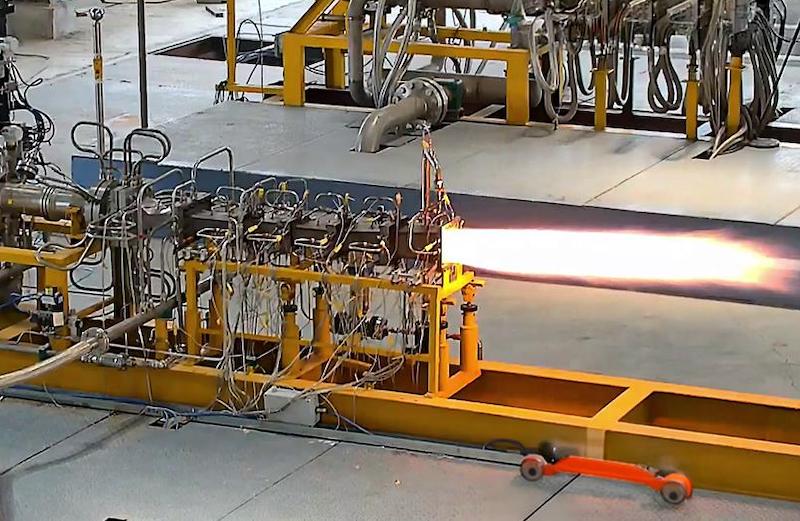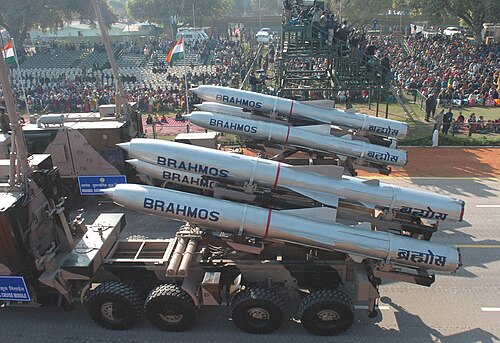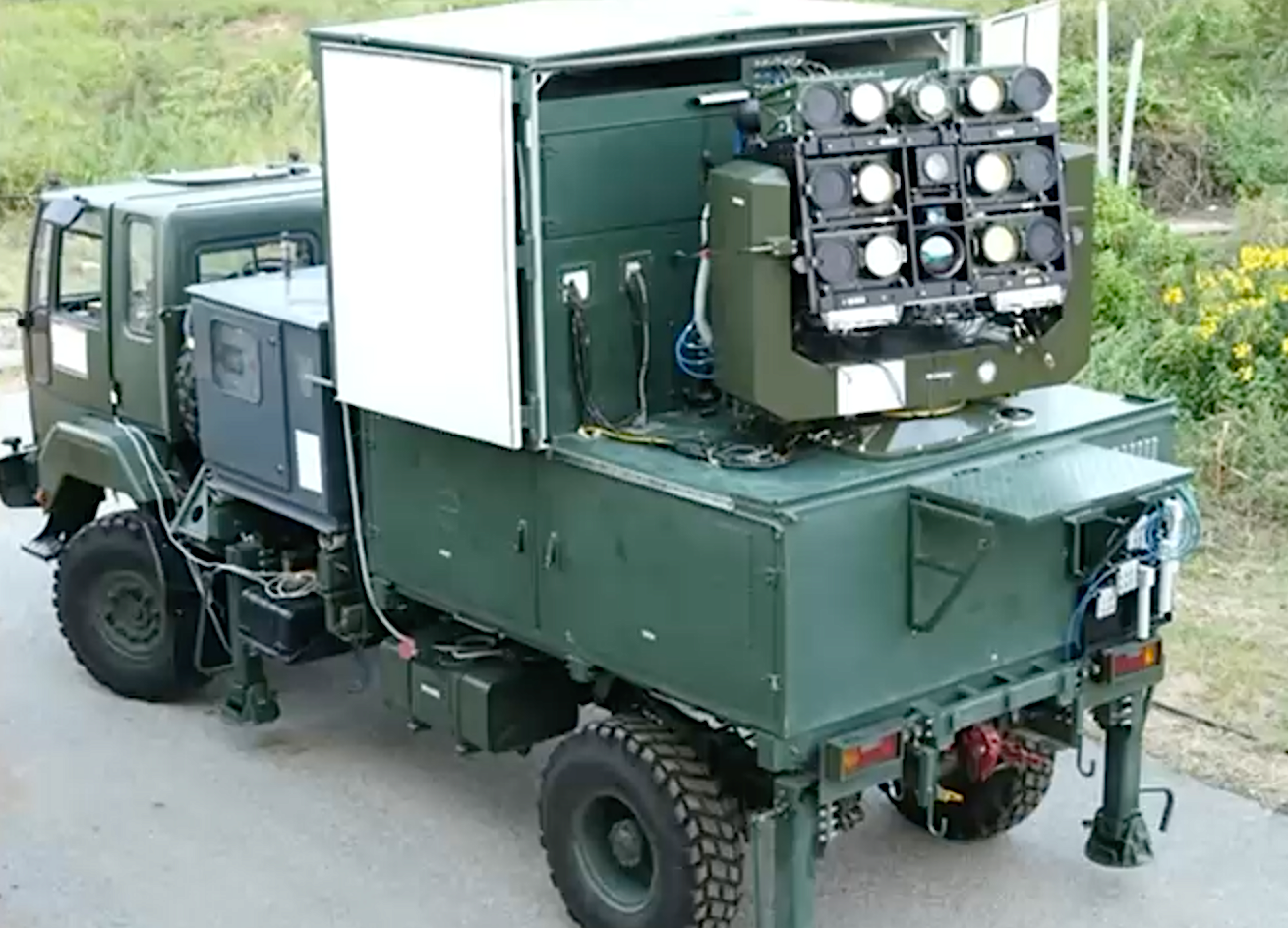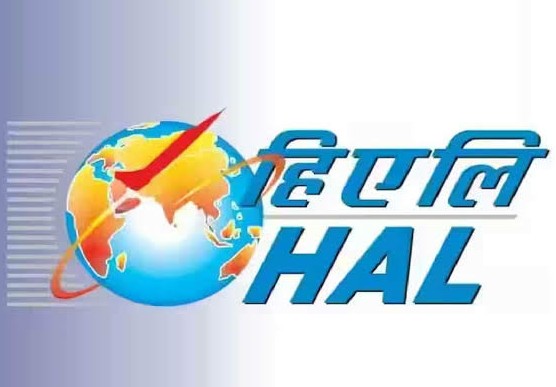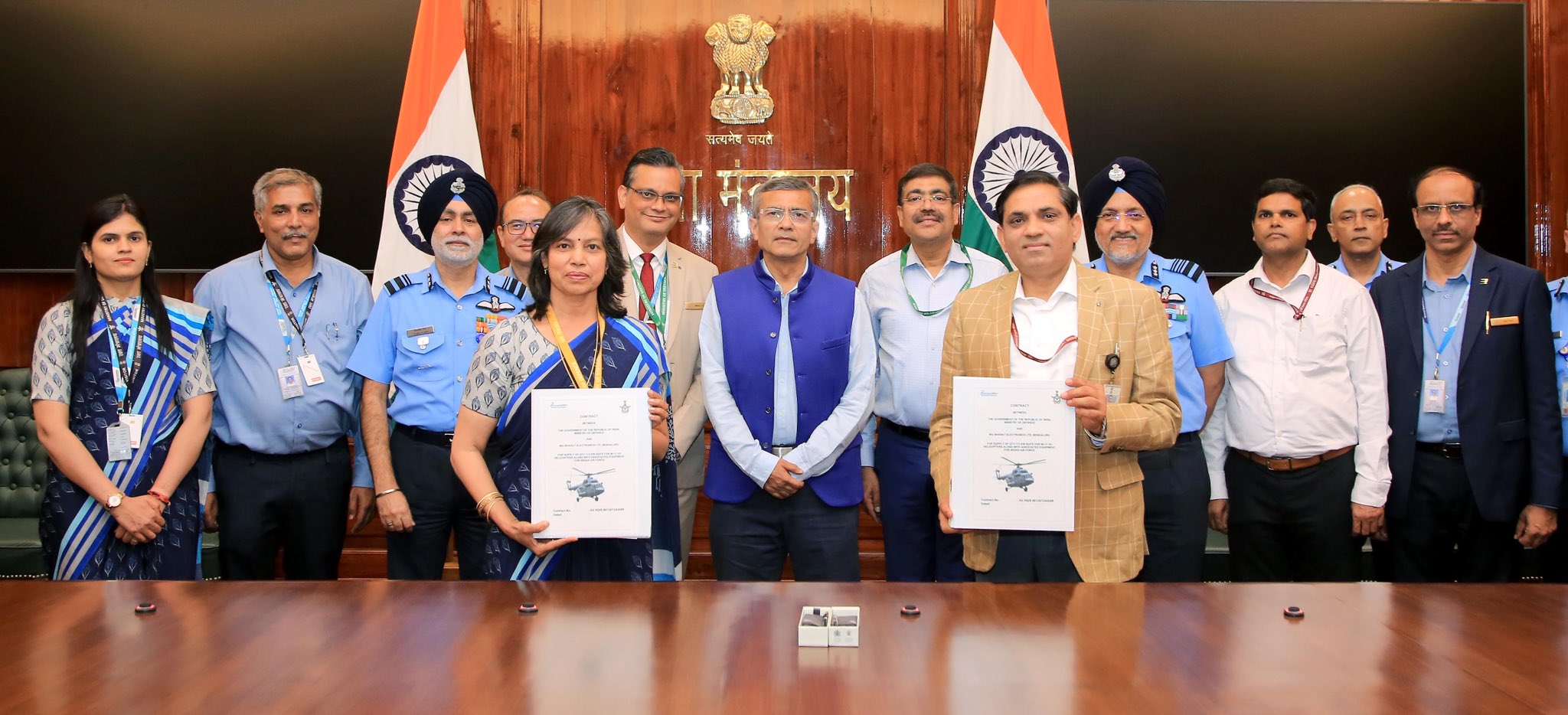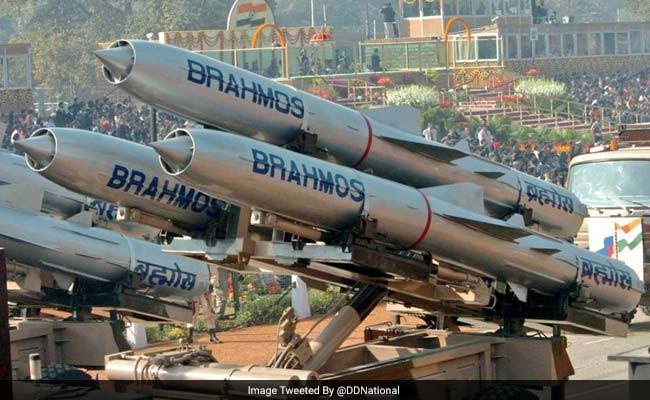 A screenshot of an Isro animation showing the Chandrayaan-3 lander, Vikram, seconds before touching the lunar surface.
A screenshot of an Isro animation showing the Chandrayaan-3 lander, Vikram, seconds before touching the lunar surface.
Bangalore/New Delhi: The Indian Space Research Organization’s latest Moon mission, Chandrayaan-3, successfully soft-landed the Vikram lander on the south pole of the lunar surface, on Wednesday. With this, India became the first country in the world to successfully reach the satellite’s south pole – a region no other country was able to reach before.
Chandrayaan-3’s Vikram lander touched the lunar surface at 6.04pm IST. With this, India joined the United States, Soviet Union, and China as only the fourth country to successfully land a spacecraft on Moon.
This historic achievement by the prestigious Isro came after its failed Chandrayaan-2 mission to do so in September 2019, which broke the nation’s heart. During that mission, the lander went out of control and crashed on the lunar surface during its descent.
Wednesday’s successful landing, which was livestreamed by Isro, was watched by over seven million viewers on YouTube and millions more on television and other social media platforms. Just as the Vikram lander touched Moon’s surface, the Isro scientists erupted in celebrations along with the entire nation.
Now, the mission’s next phase would be to deploy the lunar rover, Pragyan, that the lander, Vikram, is carrying. The rover, which is in the process of deployment at the time of this publication, is expected to be deployed by late Wednesday or early Thursday. It is expected to carry out its experiments and studies for 14 days.
Chandrayaan-3 Mission:
— ISRO (@isro) August 23, 2023
The image captured by the
Landing Imager Camera
after the landing.
It shows a portion of Chandrayaan-3's landing site. Seen also is a leg and its accompanying shadow.
Chandrayaan-3 chose a relatively flat region on the lunar surface 🙂… pic.twitter.com/xi7RVz5UvW
Chandrayaan-3 Mission:
— ISRO (@isro) August 23, 2023
Updates:
The communication link is established between the Ch-3 Lander and MOX-ISTRAC, Bengaluru.
Here are the images from the Lander Horizontal Velocity Camera taken during the descent. #Chandrayaan_3#Ch3 pic.twitter.com/ctjpxZmbom
Precursor to Chandrayaan-3’s success
Chandrayaan-1
It is worth mentioning that India’s first Moon mission, Chandrayaan-1, was a success. It was launched in November 2008 and operated until August 2009. The mission had an orbiter and an impact probe called Moon Impact Probe, which crashed on the lunar surface as planned.
The MIP’s objective was to demonstrate the technologies for reaching a specified location on Moon, qualifying technologies required for any future soft-landing missions, and scientific exploration of the Moon from close range just prior to the impact.
The orbiter’s main goals were mineralogical and chemical imaging of Moon’s permanently shadowed north- and south-polar regions and look for surface or subsurface lunar water-ice, especially at the lunar poles. Apart from these objectives, it was also designed to test the impact of the MIP – a subsatellite on the lunar surface forerunner for future soft-landing missions.
Chandrayaan-2
Based on the experiments and knowledge gained from the successful Chandrayaan-1 mission, India launched the Chandrayaan-2 mission on July 22, 2019. After reaching the lunar orbit, on August 20, 2019, it positioned itself and released the lander, also named Vikram after India’s pioneering space scientist Vikram Sarabhai, which was carrying the rover, also called Pragyan (wisdom).
However, after its release from the orbiter, the lander crashed on the lunar surface when it deviated from its intended trajectory, on 6 September 2019. Later, an Isro probe ascertained that a software glitch caused the lander to crash-land. The mission was deemed as a “partial success”.
Country celebrates Chandrayaan-3’s success
The president, Droupadi Murmu, led the nation in congratulating the Isro scientists and celebrating the Chandrayaan-3 mission’s success, on Wednesday.
In a message, Murmu said: “There are days when history is made. Today, with the successful Moon landing of the Chandrayaan-3 mission, our scientists have not only made history, but also remade the idea of geography! It is truly a momentous occasion, the kind of event that happens once in a lifetime, making all Indians proud. I congratulate Isro and everybody involved in this mission and wish them greater accomplishments ahead.”
Calling this achievement an achievement for the whole world, the president further said: “The success of Chandrayaan, I believe, is also an achievement for the whole of humankind. It shows how India has harnessed its rich traditional knowledge base along with modern science in the service of humanity.”
After watching live telecast of moon landing of Vikram lander, President Droupadi Murmu conveyed her congratulatory message to ISRO and everyone associated with Chandrayaan-3 mission. pic.twitter.com/Q5Yj4tq1kI
— President of India (@rashtrapatibhvn) August 23, 2023
The vice-president, Jagdeep Dhankhar, also congratulated Isro and joined the celebrations with the country. In a tweet, the vice-president said: “This is a historic feat signalling the rise of Bharat! Congratulations to everyone associated with this mission and compliments to the visionary leadership of the country.”
With the successful landing of #Chandrayaan3, India becomes the fourth country to accomplish a soft landing on the lunar surface, and the very first country to achieve this endeavour on the south pole of the Moon.
— Vice President of India (@VPIndia) August 23, 2023
This is a historic feat signalling the rise of Bharat!…
The prime minister, Narendra Modi, who is in Sandton near Johannesburg in South Africa to attend the BRICS summit, watched live the Vikram lander landing on Moon. He waved the tricolour the moment the lander touched the lunar surface. He said it was a proud moment for the 140 crore Indians and congratulated the Isro scientists who made this mission a success.
He said, “When we see such historic moments it makes us very proud. This is the dawn of new India.” The prime minister then said the success of the mission was not India’s alone. He said, “Our approach of one earth, one family, one future is resonating across the globe.”
Soon after, he tweeted celebrating the Chandrayaan-3 mission’s success.
India is now on the Moon.
— PMO India (@PMOIndia) August 23, 2023
ये क्षण, जीत के चंद्रपथ पर चलने का है। pic.twitter.com/0hyTUvVL9E
हर देशवासी की तरह मेरा मन चंद्रयान महाअभियान पर भी लगा हुआ था।
— PMO India (@PMOIndia) August 23, 2023
नया इतिहास बनते ही हर भारतीय जश्न में डूब गया है, हर घर में उत्सव शुरू हो गया है: PM @narendramodi pic.twitter.com/vliDpW4uc5
Some Chandrayaan-3 facts
* Chandrayaan-3 was launched from the Satish Dhawan Space Centre’s second launch pad in Sriharikota, Andhra Pradesh, on July 14, 2023.
* It was lifted to orbit by Isro’s indigenously built MARK-III (LVM-3) rocket.
* The total mass of the Chandrayaan-3 spacecraft is 3,900kg (propulsion module 2,148kg + lander module 1,752kg + rover 28kg).
* It is a follow-on mission to Chandrayaan-2.
* It consists of a lander, Vikram, and rover, Pragyan.
* Its objectives are to demonstrate safe and soft landing on Moon, rover roving on the lunar surface, and to conduct on-site scientific experiments.
* Vikram and Pragyan’s mission life is one Moon day, which is around 14 Earth days.
* The propulsion module’s payload includes an instrument called Spectro-polarimetry of HAbitable Planet Earth (SHAPE).
* Vikram’s payload includes the following four instruments: Radio Anatomy of Moon-Bound Hypersensitive Ionosphere and Atmosphere (RAMBHA), which is a Langmuir probe device to measure the near-surface plasma (ions and electrons) density and its changes with time; Chandra’s Surface Thermo-physical Experiment (ChaSTE), which will carry out the measurements of thermal properties of lunar surface near polar region; Instrument for Lunar Seismic Activity (ILSA), which will measure seismicity around the landing site and delineating the structure of the lunar crust and mantle; and Laser Retroreflector Array (LRA), which is a passive experiment to understand the dynamics of the Moon system.
* Pragyan’s payload includes two specialized equipment – APXS Alpha Particle X-ray Spectrometer (APXS) and Laser-induced breakdown spectroscope (LIBS). The APXS will derive the chemical composition and infer mineralogical composition to further enhance our understanding of the lunar surface. The LIBS will determine the elemental composition (magnesium, aluminium, silicon, potassium, calcium, titanium, and iron) of lunar soil and rocks in its exploration area around the landing site.

